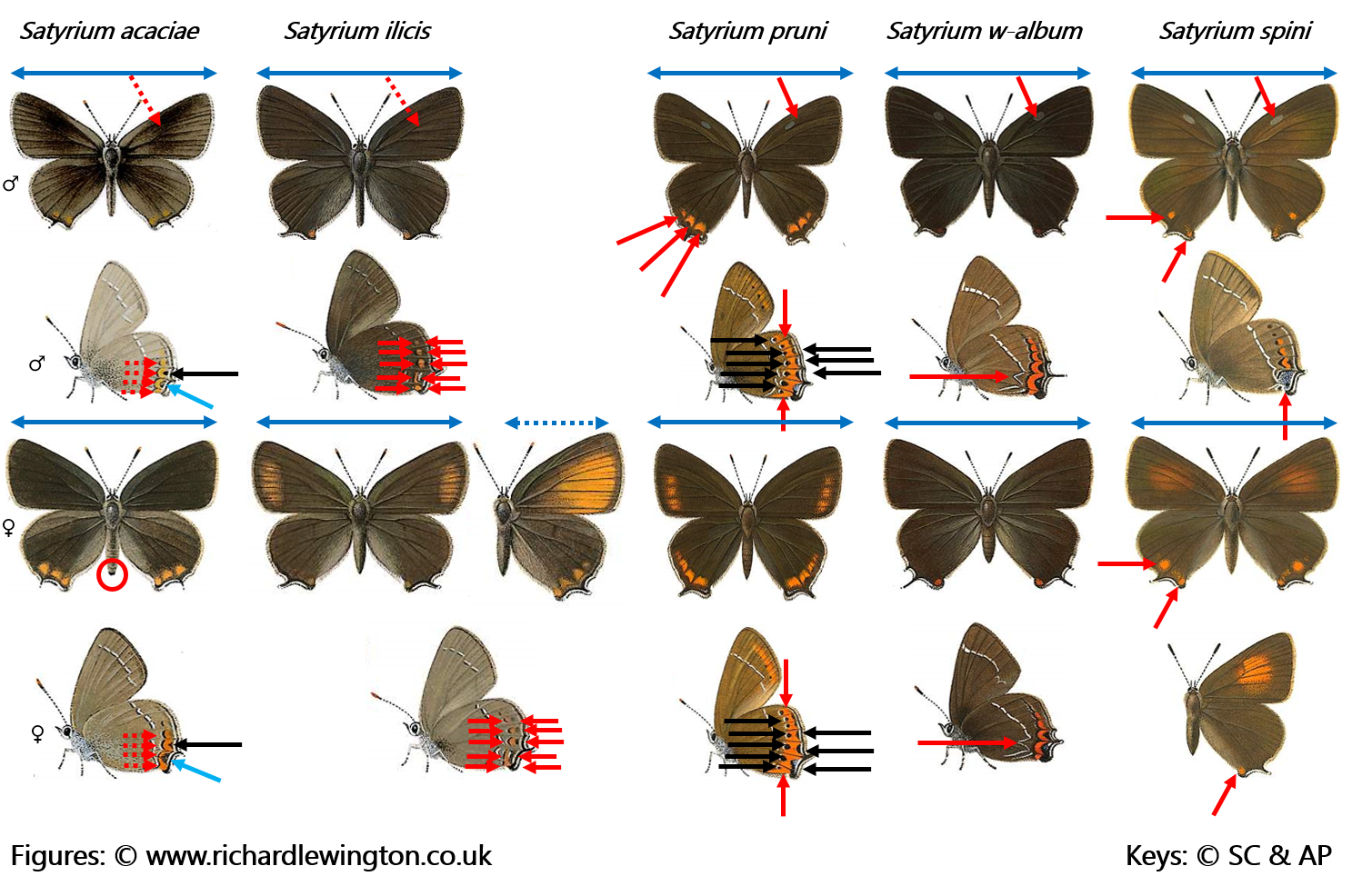|
Satyrium ilicis /Ilex Hairstreak
Bishtakja e dushkut
Lycaenidae - Theclinae
Satyrium ilicis (Esper, [1779]). TL: Erlangen, Germany.
 
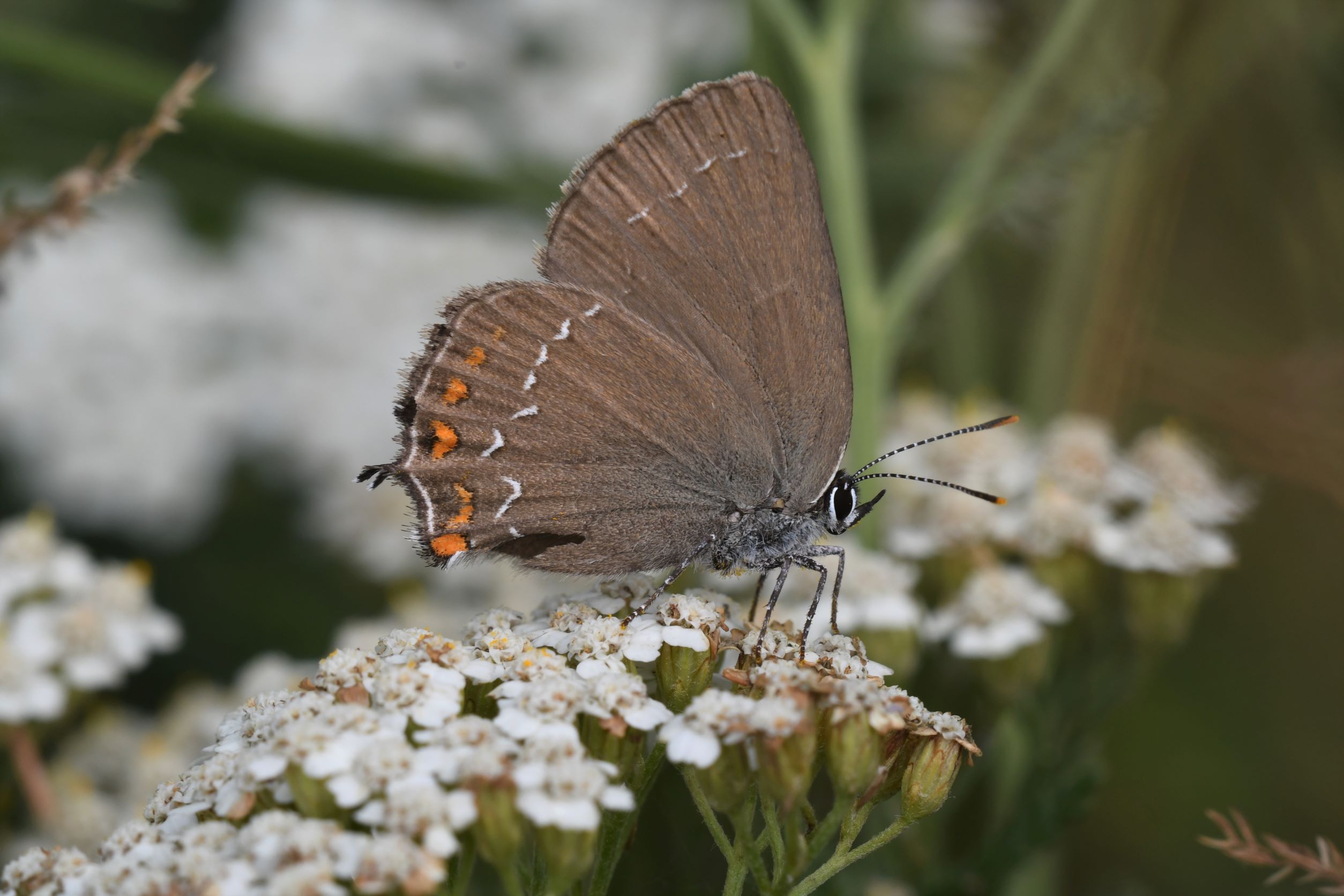 
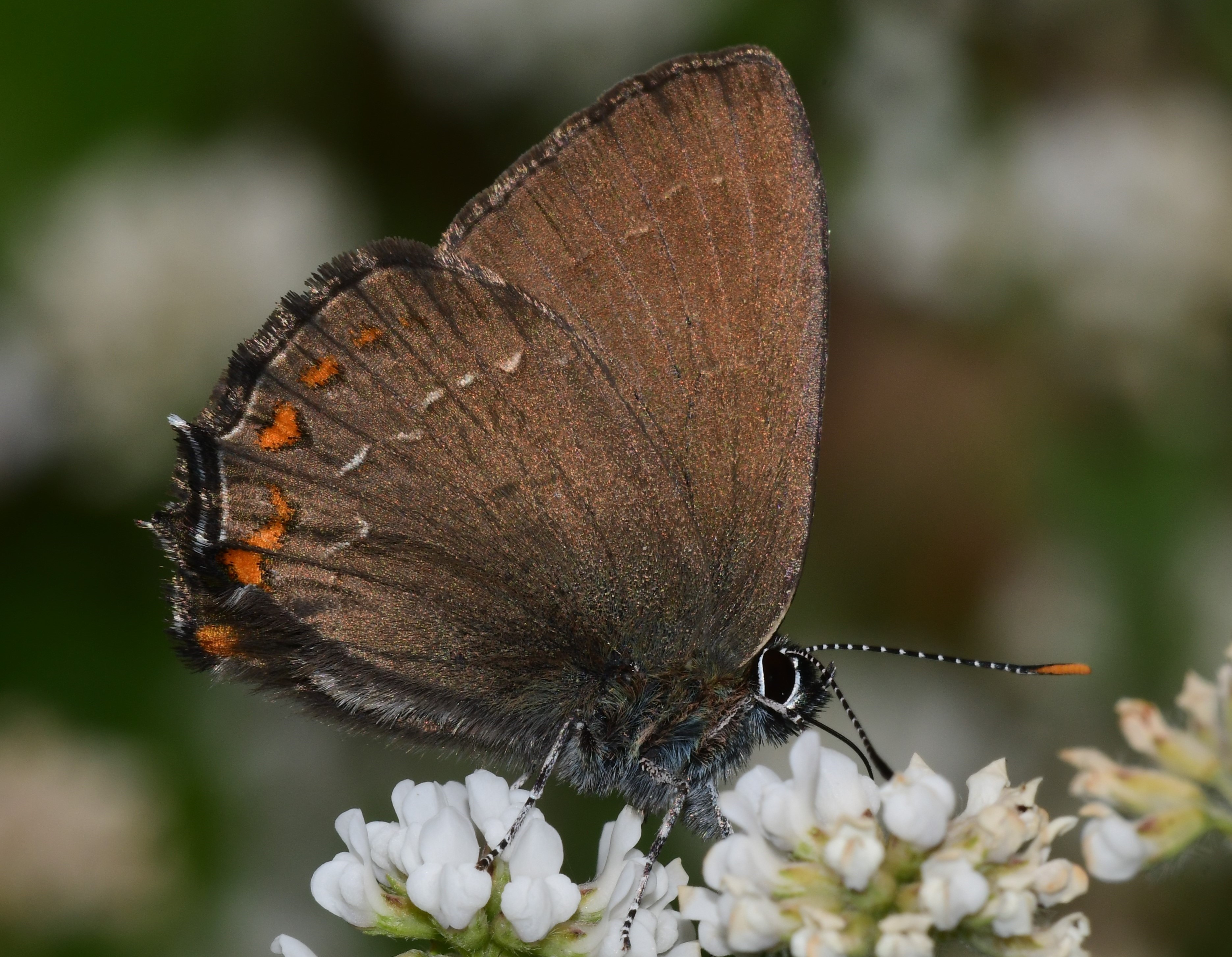 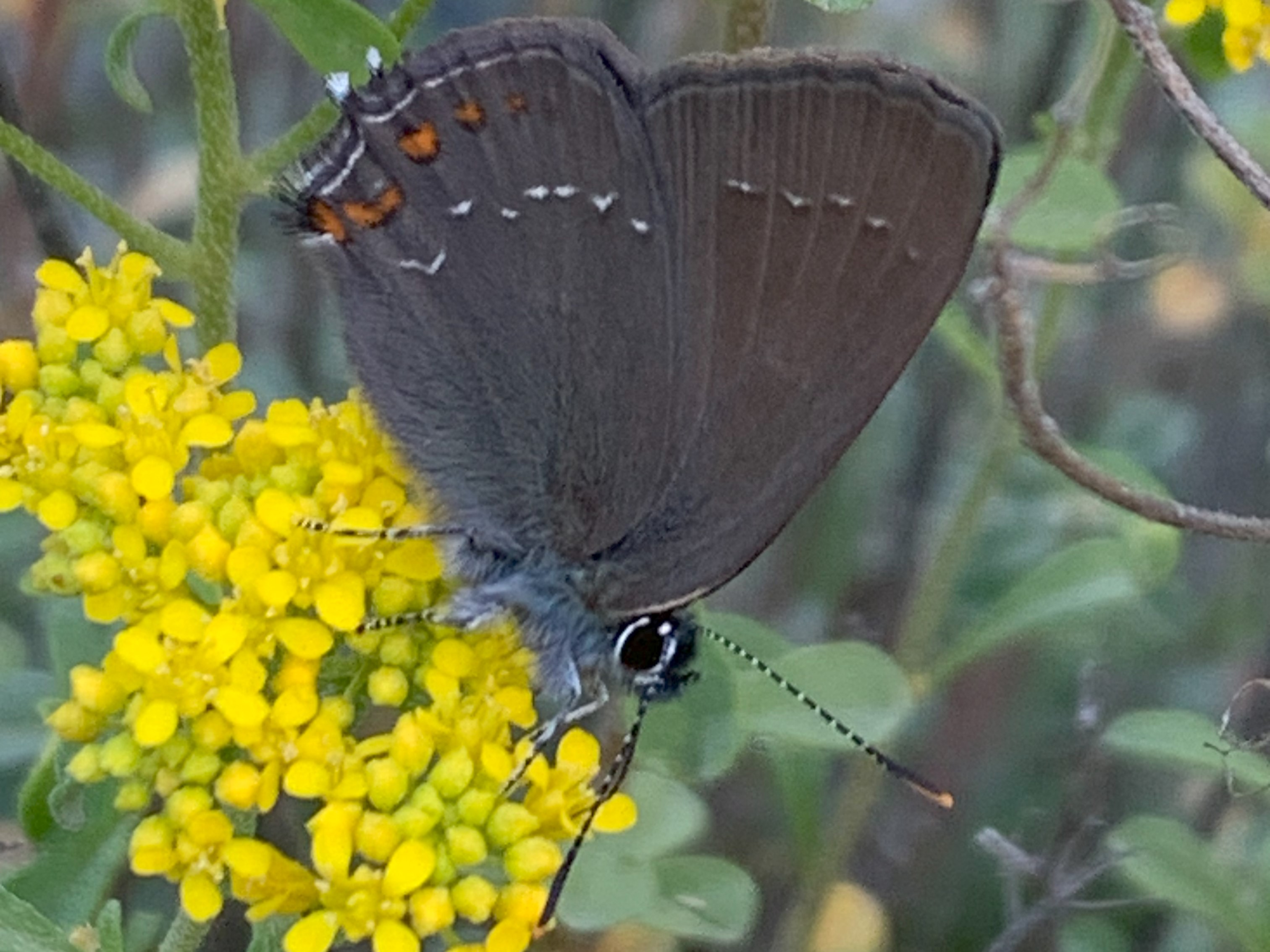 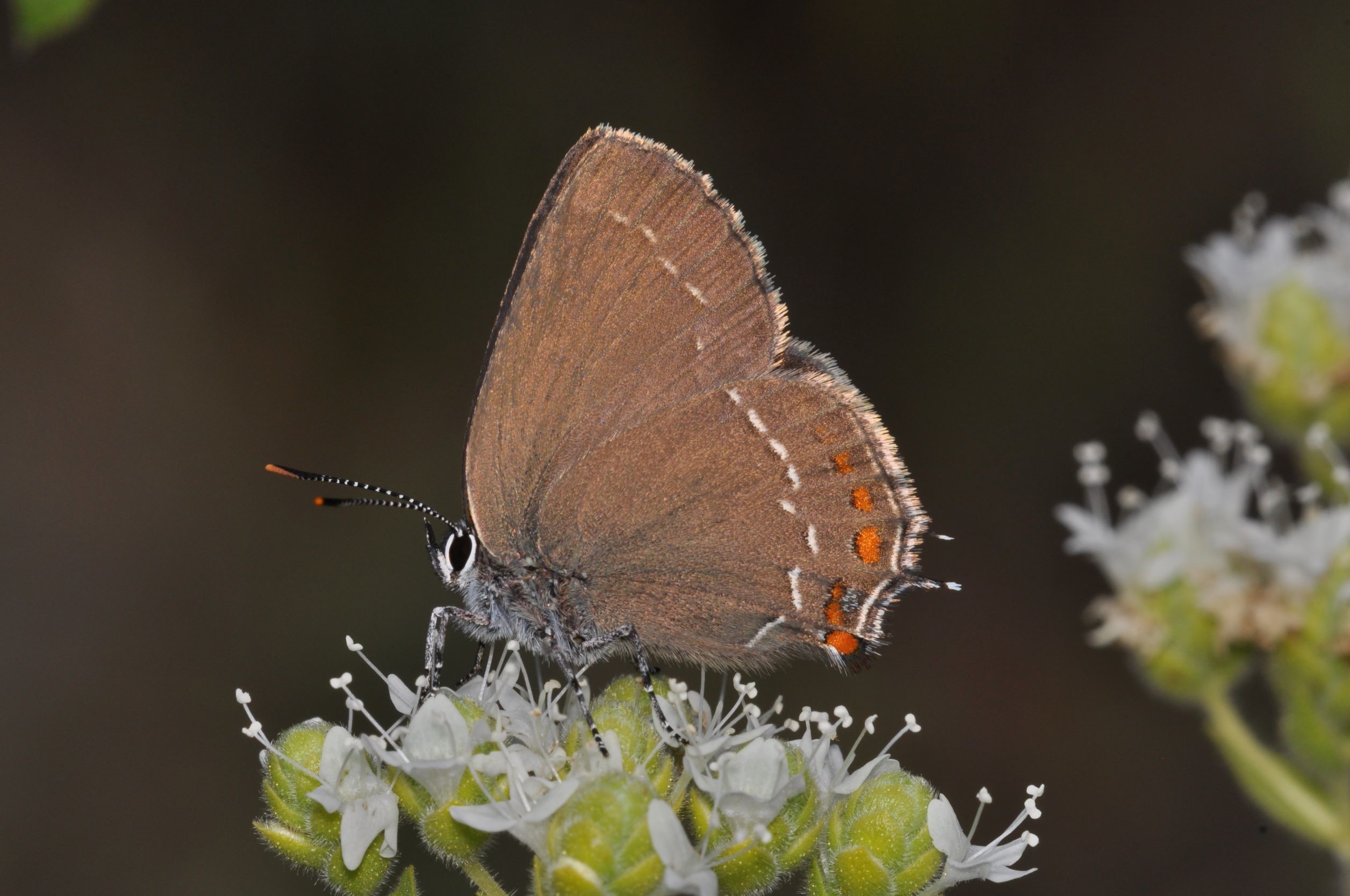
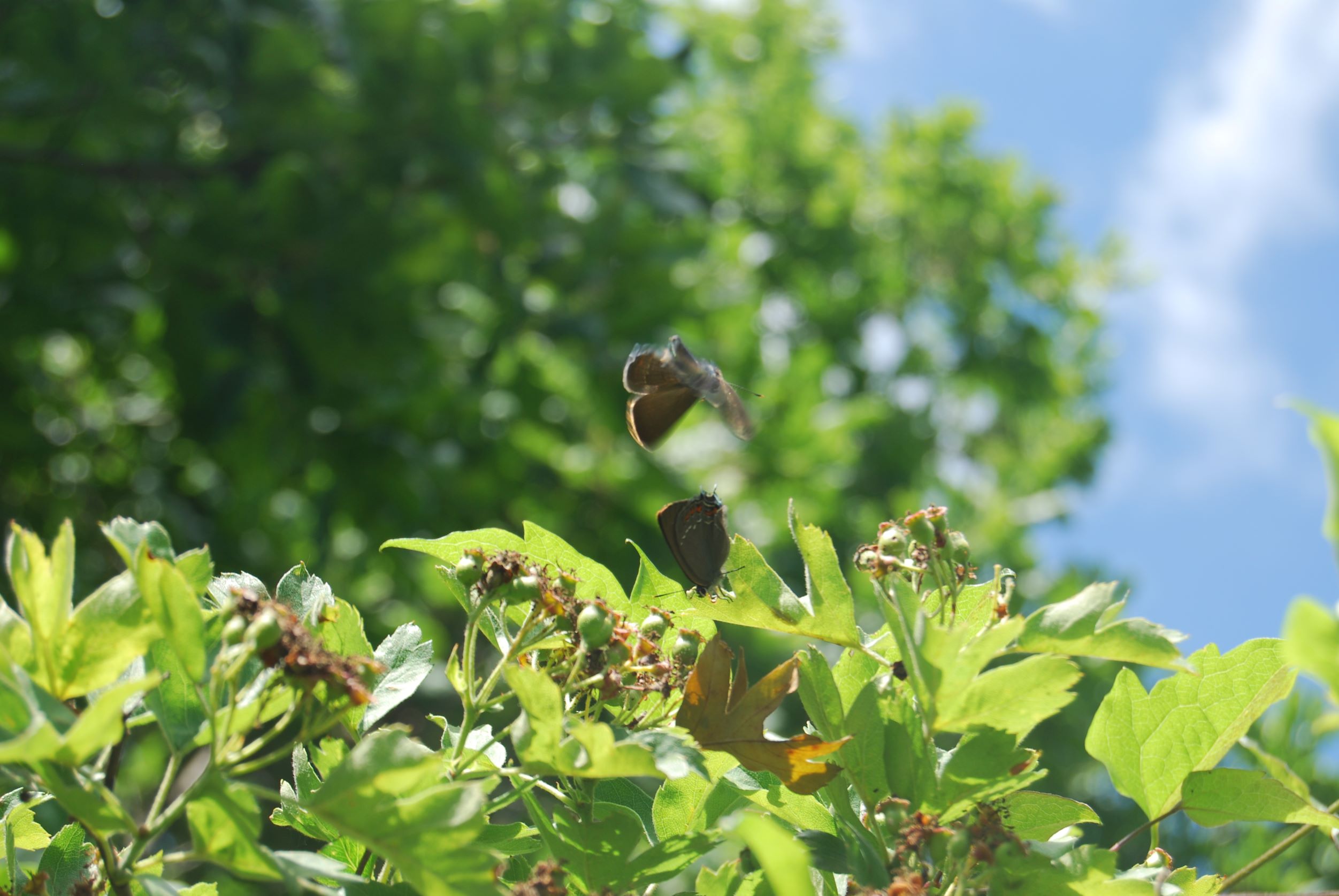
1a. Satyrium ilicis, distribution map (09.i.2025).  Historical data ; Historical data ;  Additional data from the 2018 update ; Additional data from the 2018 update ;  New observations since the 2018 update. New observations since the 2018 update.
1b. Satyrium ilicis ♂ underside. Gëziq, Albania (© Jesper Rasmussen)
1c.
Satyrium ilicis ♂ underside. Valikardhë, Albania (© Sylvain Cuvelier)
1d. Satyrium ilicis underside. Mesmal, Albania (© Michel Taymans)
1e. Satyrium ilicis ♂ underside. Albania (© Sylvain Cuvelier)
1f. Satyrium ilicis underside. Albania (© Marjanne Foppen)
1g. Satyrium ilicis ♀ underside. Greece (© Sylvain Cuvelier)
1h. Satyrium ilicis courtship. Romania (© Sylvain Cuvelier)
Description
♂♂
Small butterfly. Fw: 16-18 mm.
Hw: short tail on v2.
Ups: dark brown gc (when fresh)
Upf: no sex-brand, rarely faint orange discal mark.
Uns: paler brown gc, white postdiscal line on upf often absent or broken, well developed on hw.
Unh: orange-red marginal lunules on both sides bordered with black (sometimes poorly marked)
♀♀
Slightly larger.
Hw: short tail on v2.
Ups: dark brown gc (when fresh)
Upf: more pronounced orange discal mark when present.
Unh: more expressed white postdiscal line and orange-red marginal lunules bordered on both sides with black.
Similar species
Life cycle
Adults: single generation from mid-May to early August.
Egg: overwintering on a twig of the fooplant, 39-43 weeks.
Caterpillar: 28-34 days.
Pupa: 14-23 days.
Habitat
Satyrium ilicis inhabits open, warm wooded areas, dry scrubland on rocky slopes with Quercus sp. from lowland up to 2000 m a.s.l.
Spatial requirement modest, population density can be high in a prominent tree crown.
Foodplants
Caterpillars feed on Quercus sp. and prefer young bushes, rarely mentioned are Prunus spinosa and Ulmus minor.
Butterflies feed on honeydew and nectar of small flowers.
Distribution
Albania: widespread.
Balkan: AL - BG - BIH - GR - HR - NMK - MNE - RKS - RO - SLO - SRB
Europe: IB - IT - ALP - BAL - NWE - UK - SCA* - EEU
Asia Minor, Near East, Transcaucasia, Caucasus and further east.
Conservation status
Satyrium ilicis is not endangered.
Albanian Red List: NE.
IUCN Red List, category at the Mediterranean level: LC.
Useful links
Bink 2015
Pyrgus.de
Lepiforum
Euroleps
|
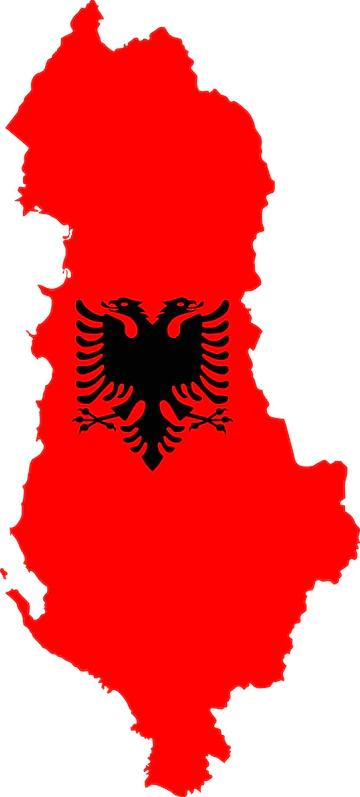 xx
xx 



 Historical data ;
Historical data ;  Additional data from the 2018 update ;
Additional data from the 2018 update ;  New observations since the 2018 update.
New observations since the 2018 update.